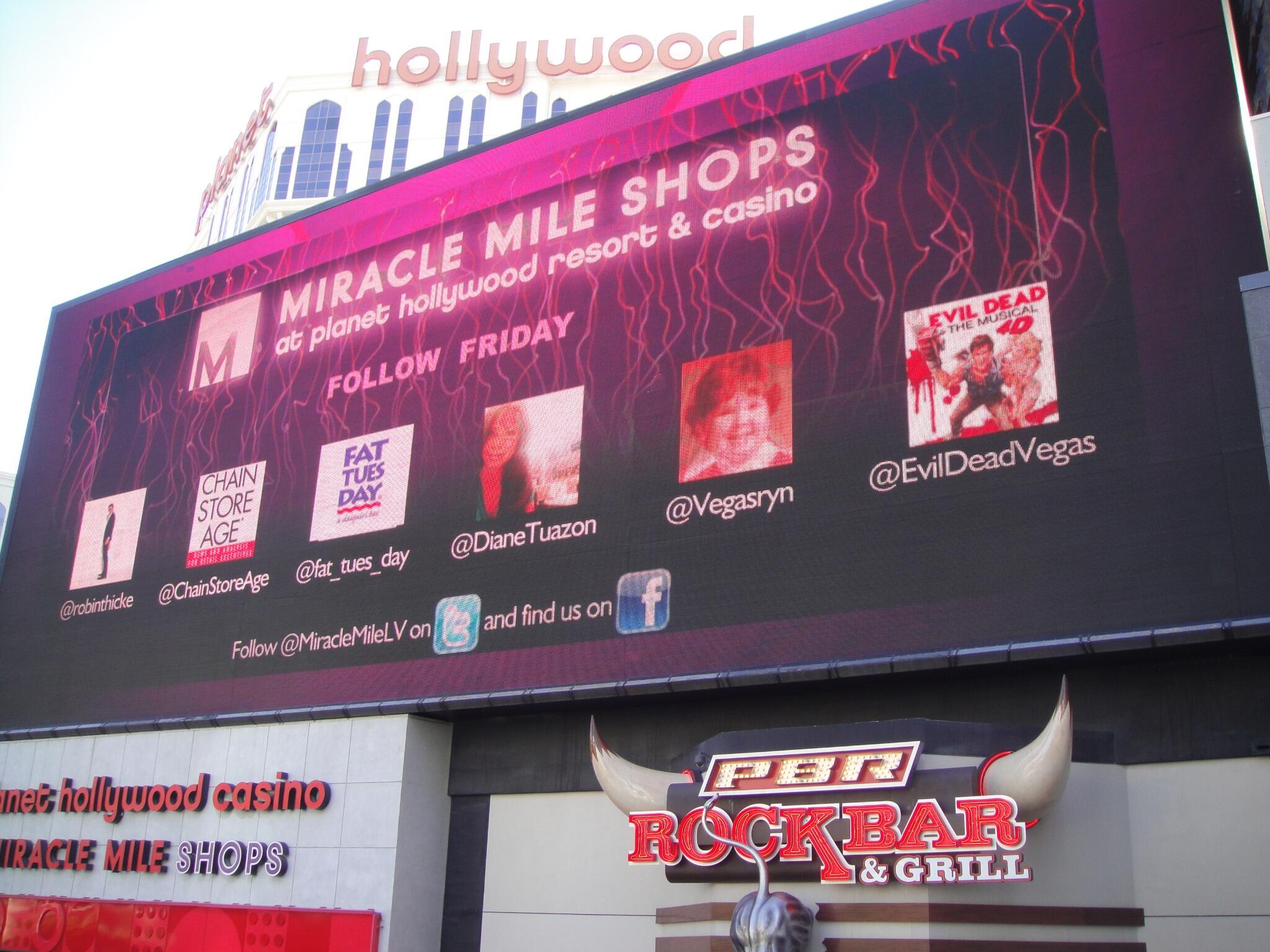I just loved this article ("Strip Malls Turn Heads", Realtor Mag, July 2013) on how vacancies are declining at strip malls - which are basically the equivalent of neighborhood shopping districts. There were so many juicy nuggets of information that I took the liberty of extrapolating the take away's that I think are most appropriate for commercial district managers. These retailing principles apply whether you are trying to manage a strip mall or a neighborhood shopping district...
- Offer goods that people don't want to wait a day or two to get.
- Combine destination and service.
- Placemaking matters.
- The importance of tenant mix.
- Even 1/2 block matters when retailers select locations.
- Restaurants can and do function as anchors.
- Focus on health and beauty.
- Consider a specialized niche...i.e. don't try to be everything to everybody.
- Marketing....
- Up-keep matters!!
- Offer goods that people don't want to wait a day or two to get.
- “Even in the age of online retailing, there are some items you don’t want to wait a day or two to get.”
- Combine destination and service.
- “Today, centers need to merge convenience with destination and services that can’t be obtained through an online channel. A good location isn't sufficient.” On some of the more successful corridors I am seeing more and more services. It makes sense, given that these are things that people cannot get online.
- Placemaking matters.
- Shopping centers must create “that right third place after work and home where people want to congregate. It’s by far the best way to increase traffic to the entire center". For commercial district managers, this means taking care to ensure your public spaces are safe and compelling places to spend time. Third-places also include coffee shops...and important addition to a neighborhood shopping district.
- The importance of tenant mix.
- “Choosing the right tenants is more important than getting the higher rent. If you create a dynamic mix in which each tenant shines and complements one another, you create an environment that generates more sales and traffic than each tenant alone. Ultimately, higher sales will generate higher rental rates.” I couldn't agree more. This is a critical message that commercial district managers must continue to hammer into the heads of property owners. Improving tenant mix in a commercial district is the equivalent of a tide that lifts all boats.
- Even 1/2 block matters when retailers select locations.
- “Many tenants—even smaller ones—are willing to wait and even pay more for the right location". We never assume that every site within your district is the same as every other site. Instead, we like to do a block-by-block analysis to determine exactly which blocks are right fit for the right kind of retailer. We've learned the hard way...some retailers will only take a corner location at a subway entrance. For others mid-block is fine. This is why keeping a prospect database is key to successful retail attraction efforts. You may not have the right space for a tenant today, but in a few months you'll have just the right vacancy to suit a prospects needs and you'll need to a way to keep track of their preferences and conduct follow up as appropriate.
- Restaurants can and do function as anchors.
- "...you only need one of the very popular, 2,500-square-foot restaurant concepts to anchor the property and create the increased traffic other tenants want”. No surprise here. Restaurants are effectively the new downtown anchor.
- Focus on health and beauty.
- "Health and beauty retailers are one of the fastest growing retail categories today. Tenants like day spas, waxing, and massage keep shoppers around for several hours, especially baby boomers and others with more disposable income"
- "...fitness is a sure-fire draw, particularly for the under-35 demographic"
- Consider a specialized niche...i.e. don't try to be everything to everybody.
- Is your strength an immigrant community? Then consider an ethnic niche. "Ethnically oriented specialty centers, which offer groceries, home decor, food, and even clothing for one large immigrant group"
- Or maybe you are a family-oriented district? Do you offer a full range of activities and services for families? “Everything for the mom and the child is in one place,”
- Marketing....
- "Loyalty programs and coupons distributed through social media and mail are another widely used retail promotional tool"
- Tell the story of your retailers. "Customers are often attracted by the personality and personal story of the owner. Shoppers, especially younger ones, will go and support a favorite store by buying a $300 pair of jeans made locally rather than buying three less expensive pairs online”.
- Up-keep matters!!
- “Street appeal is absolutely key to making a center a destination”
- “Cosmetic appearance is the No. 1 thing that consumers comment on, and it’s an easy one to fix”
- "Painting and parking lot re-striping should be done at least every other year, extensive facade renovations are also necessary every seven to 10 years"











